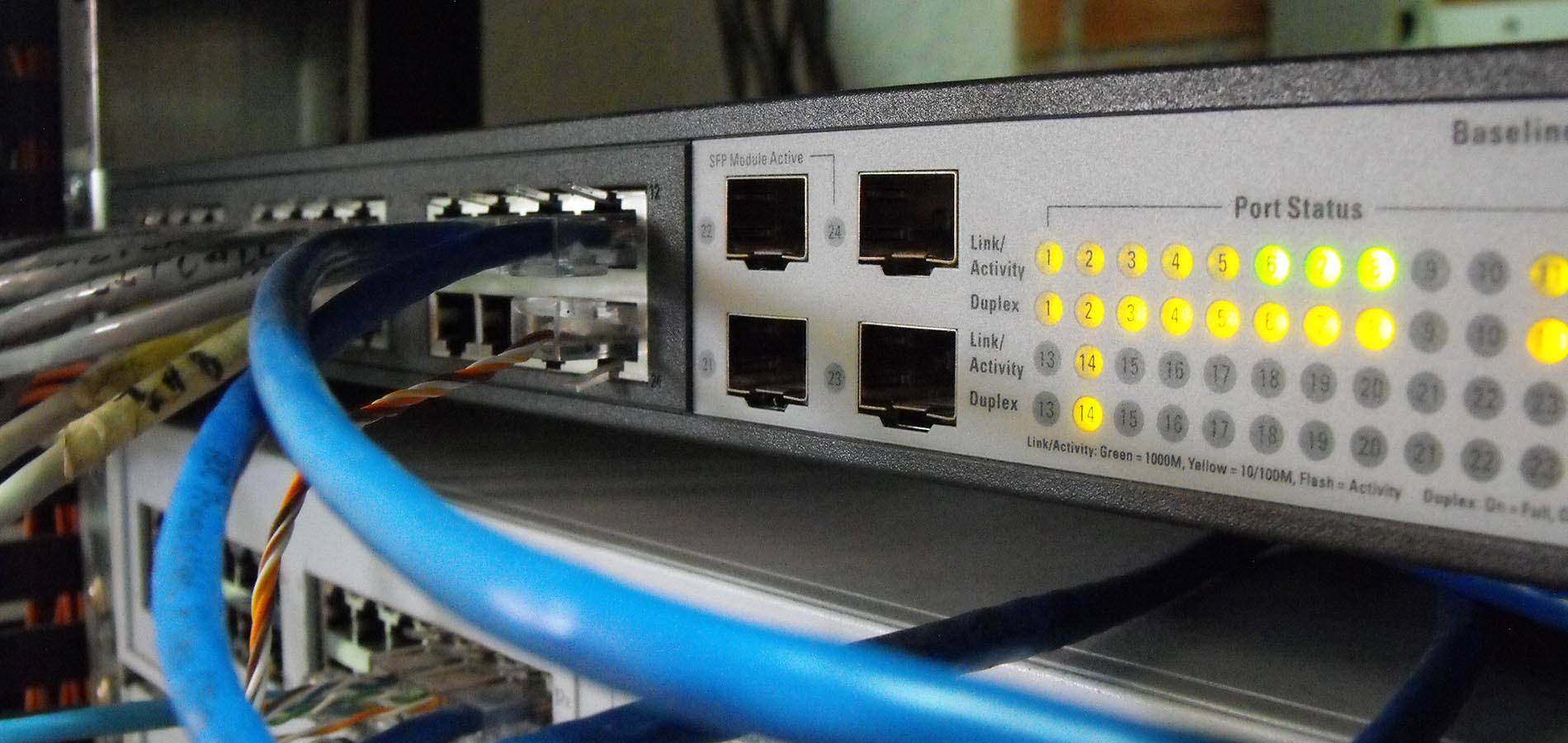Rich Hosford, Oct 23, 2018 | Original article here.
- View Oct 22, 2018 Burlington, MA Close Proximity Microwave Radiation Antenna (CPMRA) Ordinance here.
- View withdrawn Verizon CPMRA submissions here
A proposed [CPMRA] project that had drawn some tough questions was pulled last night.
Verizon Wireless representative Attorney Daniel Klasnick said his client would rather pull the applications for seven so-called small cells planned for telephone poles around town than face a fee that was a condition being discussed by members of the Board of Selectmen.
As reported on BNEWS, the proposal from Verizon was brought up in a public hearing back in August. Klasnick of Duval, Klasnick & Thompson LLC, said the small cells are necessary to cover gaps in wireless coverage that develop as more people and businesses use the system. The devices are placed on telephone poles, street lamps and similar structures.
At the time members raised a number of concerns about the project.
- They asked if the small cells were really necessary, since Verizon’s coverage map did not show any gaps of coverage.
- They also asked about the chance that in the future Verizon would seek to put more small cells up in town or that other companies would seek to put others up.
The number of unanswered questions prompted a special meeting in September to discuss the issue in further detail. During that meeting it was decided there were enough unanswered questions to require the committee. The committee was formed and tasked with examining the need for small cells, coming up with a policy for new applicants and studying possible aesthetic and health effects of the technology.
This week Selectman Jim Tigges, the board’s representative on the Small Cells Committee, said the group had come up with a new policy for small cell applications. The policy contains a number of provisions while filing an application, including setting installation fees, listing the town department that must receive a copy for review and setting up the timeline for approval.
The Verizon application, however, would not be subject to the policy because it was submitted before its adoption. However, Tigges and the committee did have a number of conditions for the project it recommended to the board. They included:
-
An agreement to annual recertification
-
Poles must meet ADA standards.
-
Equipment shall be located on top of the poles, colored similarly to the poles so as to blend in.
-
Equipment shall not interfere with other equipment on the pole, nor obstruct or interfere with access to or operation of street lights or traffic controls devices on the pole.
Klasnick said some of those conditions could be met, at least in part. His biggest concern was the annual recertification which came with a fee, or what he called a “tax.” He said that was not acceptable to Verizon Wireless as it could set up a precedent for other communities and he questioned its legality under federal law.
“I’m not authorized by my client to move forward if that is part of this board’s approval. We don’t feel it is consistent with state law as this is authorized by federal law.”
Klasnick also questioned the need for recertification.
“I don’t understand what needs to be recertified, we are going to install the antennae and they will work for their lifetime,” he said. “We can agree to remove them after. They are no different than a transformer or a cable box. It seems to us that wireless service is being treated differently than other services.”
Still, members of the board said they were leaning towards requiring the recertification and associated fee as a condition of approval. Before they could take that vote Klasnick intervened.
“My client respectfully requests to withdraw the petition rather than have a fee.”
Board members agreed to the withdrawal and the matter was closed for the time being.
